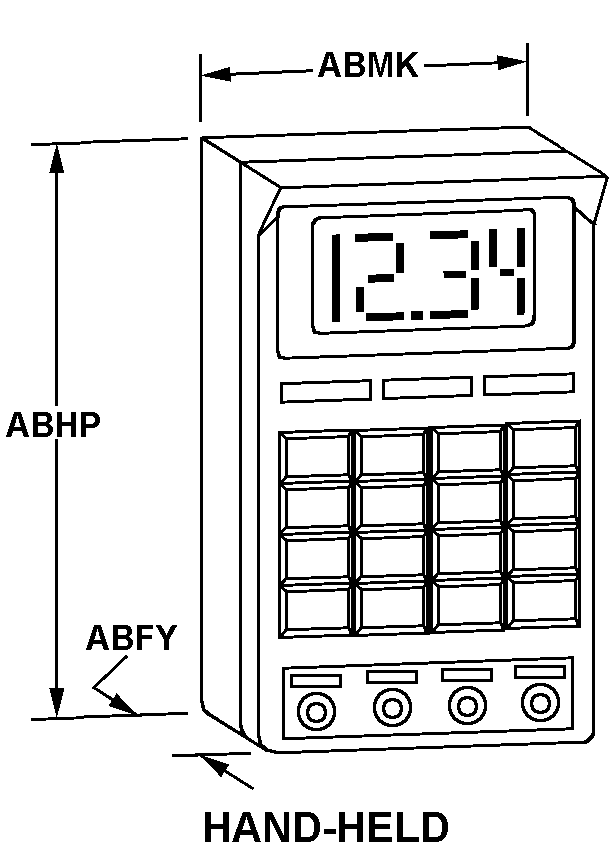6625014942934
Price Quote Get an up to date pricing and availability quote for this product. Order online or over the phone.
Quality Commitment
Serving our customers with quality and safety first.
- AS9120 Certified
- Audited supply chain
- ITAR Registered
- DDTC Registered
- HAZMAT Certified
- Customer service objectives
- Every product 100% inspected

6625-01-494-2934 Specification Set by the OEM (see RNCC code 3)
dc
2.200in.
11.300in. ⁓11-5/16"
3.400in.
bargraph
hand held
liquid crystal
+0.0/+30.0 decibels single indicator single range
autoranging and portable
porm 1 percent, 1 count, 2 decimal places single indicator single range
black all indicators all ranges
7.2 dc
230v, 50 - 60 hz charger with iec receptacle; power cord option 1, p/n 89707000 for continental europe use; MICROPROCESSOR-Based design; 4 line x 20 character display; one touch zero; displays in any unit: mw/cm squared, w/m squared, v/m, a/m, v squared/m squa red, a squared/m squared, pj/cm cubed and percent of international standards; intuitive operation help screens; data logging; time and spatial averaging with data storage; fiber optic and cable inputs; RS232 interface; calculates percent of standard; single 30 db dynamic range and bar graph autoranges or select one of three 20 db ranges; compatible with all narda 8700 series probes; minus 10 to 50 degrees c operating temperatures; 22 keypads
HAND-Held
Cross Reference Parts Part numbers that meet the specification outlined on this page and set by the OEM
Identification Item Identification Guide (IIG) and Item Name Code (INC)

Definition Definition of approved item name (AIN): "METER,FIELD STRENGTH"
An instrument which measures the electrical intensity of radiated electromagnetic energy and is usually calibrated in volts per meter or any multiple or submultiple thereof. See also fluxmeter.
6625-01-494-2934 Material Hazmat, Precious Metals, Criticality, Enviroment, and ESD
Indicates there is no information in the hmirs. The nsn is in a fsc in table ii of fed std 313 and a msds may be required by the user. The requirement for a msds is dependent on a hazard determination of the supplier or the intended end use of item.
Item does not contain precious metal.
No known electrostatic discharge (esd) or electromagnetic interference (emi) sensitivity.
Represents items with no adp components
The item does not have a nuclear hardened feature or any other critical feature such as tolerance, fit restriction or application.
Identification Codes
HMIC: Hazardous Material Indicator Code. A one position code that identifies a hazardous item.
PMIC: Precious Metal Indicator Code. A one position code which identifies items that have precious metals as part of their content. precious metals are those metals generally considered to be uncommon, highly valuable, and relatively superior in certain properties such as resistance to corrosion and electrical conductivity.
ESD: Electrostatic Discharge. Indicates if an item is susceptible to electrostatic discharge or electromagnetic interference damage. electrostatic discharge damage occurs when an accumulation of static electricity generated by the relative motion or separation of materials is released to another item by direct contact. electromagnetic interference damage occurs when an item comes into proximity with an electrostatic or magnetic field.
ENAC: Enviromental Attribute Code. Identifies items with environmentally preferred characteristics.
CRITL: Criticality Indicator Code. Indicates an item is technically critical by tolerance, fit, application, nuclear hardness properties, or other characteristics.






